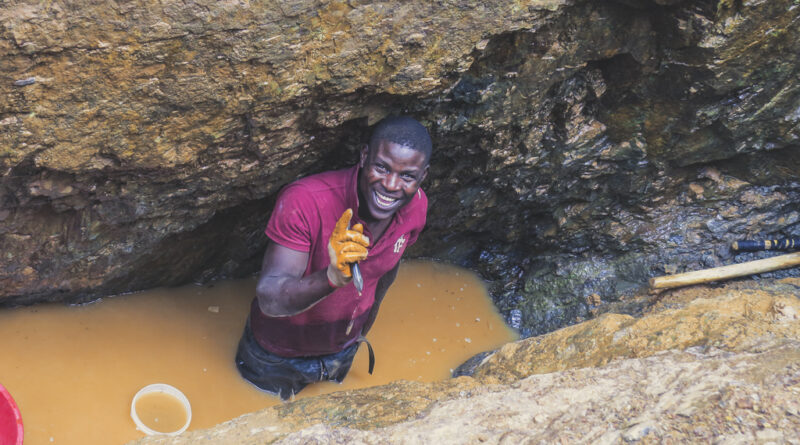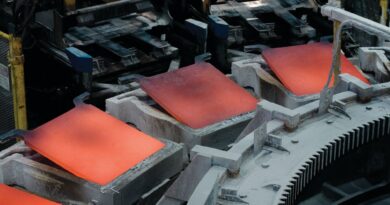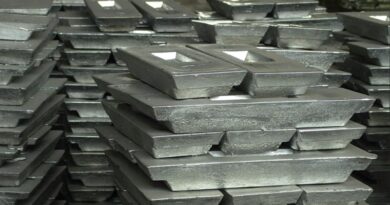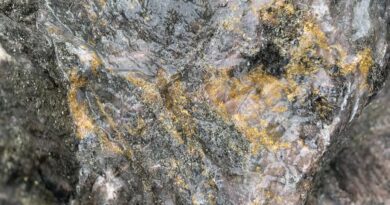Cobalt mining in the DRC shifting fast to larger players
Artisanal cobalt represents a significant portion of the DRC’s cobalt output, and under the EGC’s oversight, the government will be able to control prices, increasing the possibility of price floors during periods of poor growth. In addition, the Congolese government has exhibited nationalistic behaviour towards cobalt. For example, in December 2018, the DRC declared cobalt a strategic mineral and increased its royalty from 3.5% to 10.0%.
In 2021-2022, we expect the DRC’s mining sector to experience a modest recovery as firms impacted by the Covid-19 pandemic recover from operational disruptions. The resumption of the Mutanda mine and an accelerating demand for EV manufacturing will further support domestic cobalt production in the coming years.
Additionally, we note a growing trend of miners operating in the DRC to shift from open-pit mining (of oxidised orebodies) to underground mining (sulphide orebodies) as resources closer to the ground get depleted. However, this requires higher capital investments, and results in higher copper grades but lower cobalt grades, meaning the competitive landscape of cobalt mining in the DRC is fast shifting to the hands of larger players.
While Tenke Fungurume’s expansion project focuses on processing oxidised ores near the surface, it is mining those at the deeper levels very close to the sulphide ore reserves. Similarly, Glencore and Wanbao Mining are also evaluating the option to develop sulphide ore resources at Mutanda and Kamoya operations to expand capacity, indicating the DRC cobalt industry’s move towards a more concentrated operating landscape.




